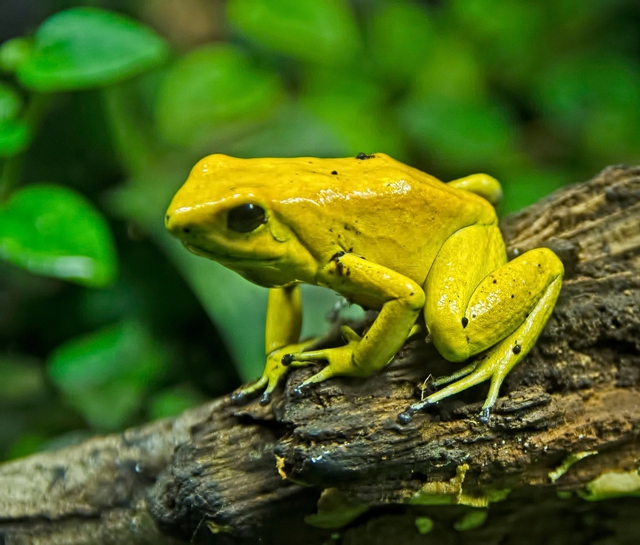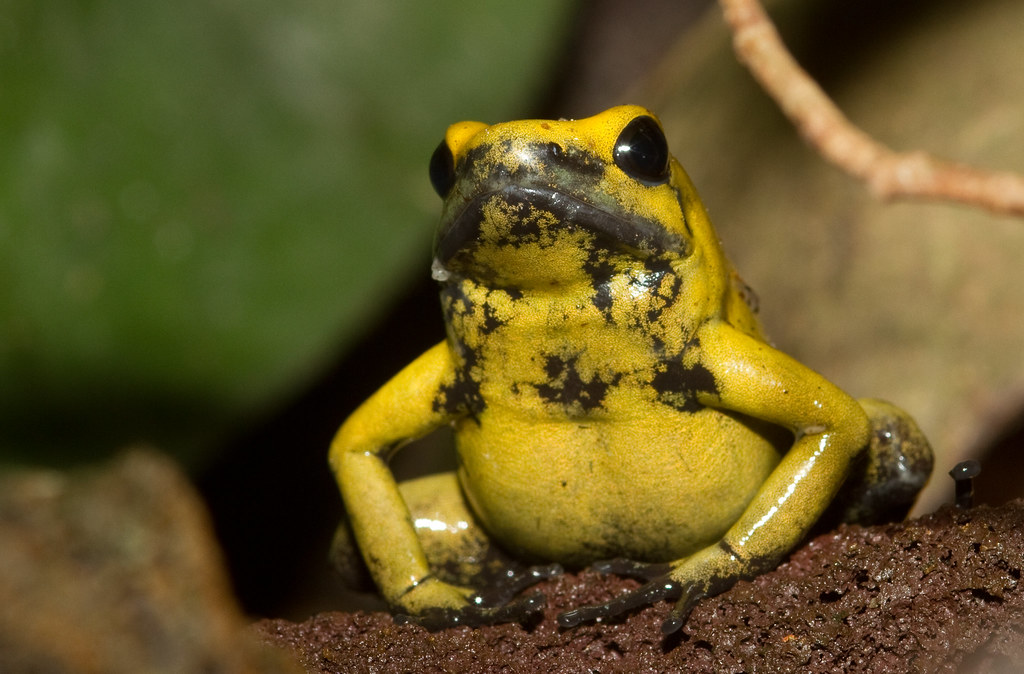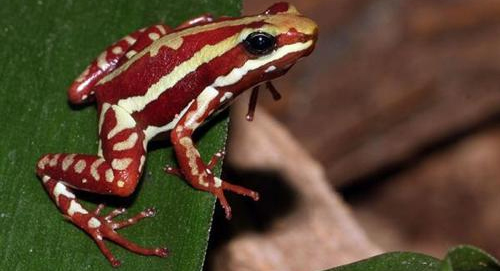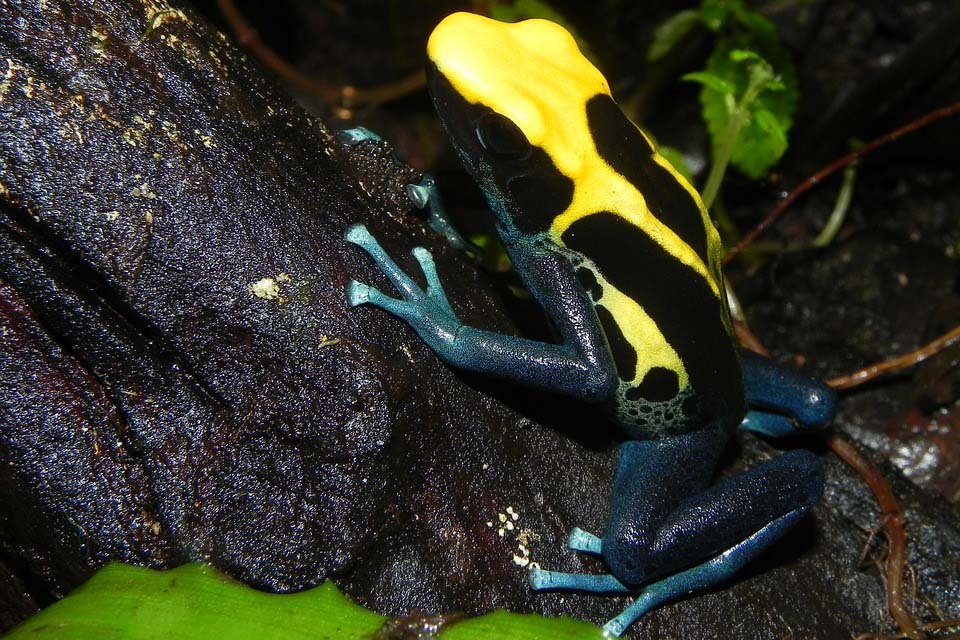The Enigmatic Expedition of the Deadly Poison Dart Frog: Mesmerizing and Alluring

The world of amphibians is home to numerous fascinating creatures, but few are as captivating as the Poison Dart Frog. Among them, the Poison Dart Frog of the Dendrobatidae family, also known as the Poison Arrow Frog, stands out with its vivid colors and lethal toxins. In this article, we will delve into the intriguing world of these alluring amphibians and explore their unique characteristics.

One cannot help but be captivated by the breathtaking beauty of the Poison Dart Frog. With their vibrant hues ranging from brilliant reds, electric blues, dazzling yellows, and striking greens, they are nature’s living artworks. Their striking coloration serves as a warning to potential predators, indicating their toxic nature.
Despite their diminutive size, Poison Dart Frogs possess a potent weapon – their toxic secretions. These frogs accumulate toxins from their diet, primarily consuming ants, termites, and beetles in their native habitats. The toxins, such as alkaloids, become concentrated in the frogs’ skin, making them highly poisonous. Interestingly, not all Poison Dart Frog species are toxic, as their toxicity depends on their diet in the wild.
The Poison Dart Frog’s toxic secretions are not just for show; they serve as a powerful defense mechanism. Merely touching their skin can be fatal to predators. Indigenous tribes in Central and South America have historically used the frogs’ secretions to coat their blow darts and arrowheads, hence the name “Poison Dart Frog.” It is estimated that a single frog contains enough toxin to kill between 10 to 20 adult humans.
Unlike most frogs that lay their eggs in water, Poison Dart Frogs have evolved a unique method of reproduction. They are one of the few frog species that exhibit viviparity, meaning they give birth to live tadpoles. The female lays her eggs on land, and once hatched, the male transports the tadpoles to water sources such as small ponds or water-filled plants. This behavior ensures the survival of their offspring by preventing them from becoming easy targets for predators in water bodies.
Unfortunately, the Poison Dart Frog faces numerous threats to its survival. Habitat destruction, climate change, pollution, and illegal collection for the pet trade are endangering many species. As guardians of biodiversity, it is crucial for us to protect these remarkable creatures and their fragile ecosystems to ensure their survival for future generations.
The Poison Dart Frog, with its astonishing beauty and deadly secretions, is undoubtedly one of the most captivating creatures in the animal kingdom. From its vibrant colors to its lethal defense mechanisms, this amphibian continues to fascinate researchers and nature enthusiasts alike. By understanding and appreciating these enchanting creatures, we can work towards preserving their habitats and ensuring their place in our planet’s rich tapestry of life.








